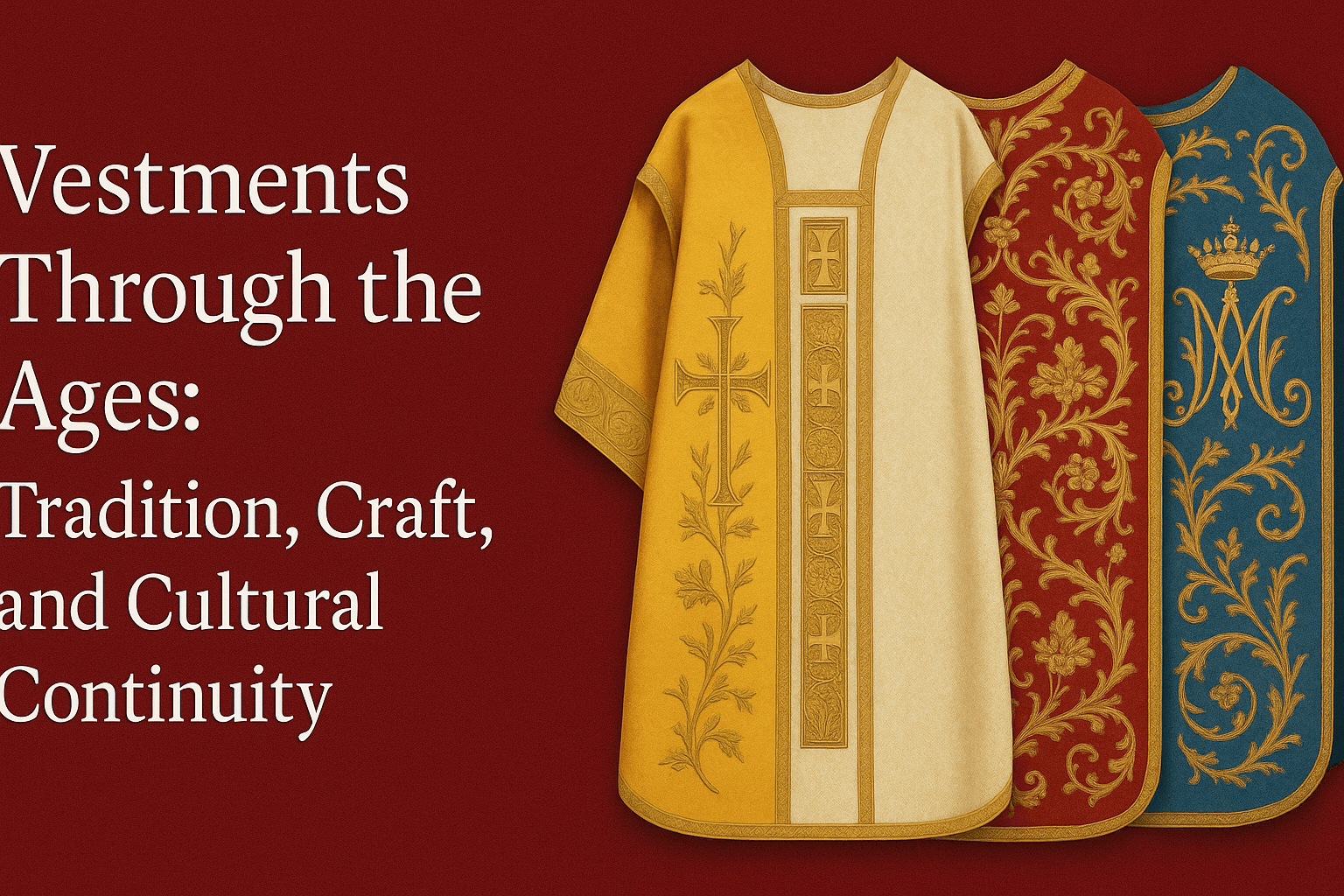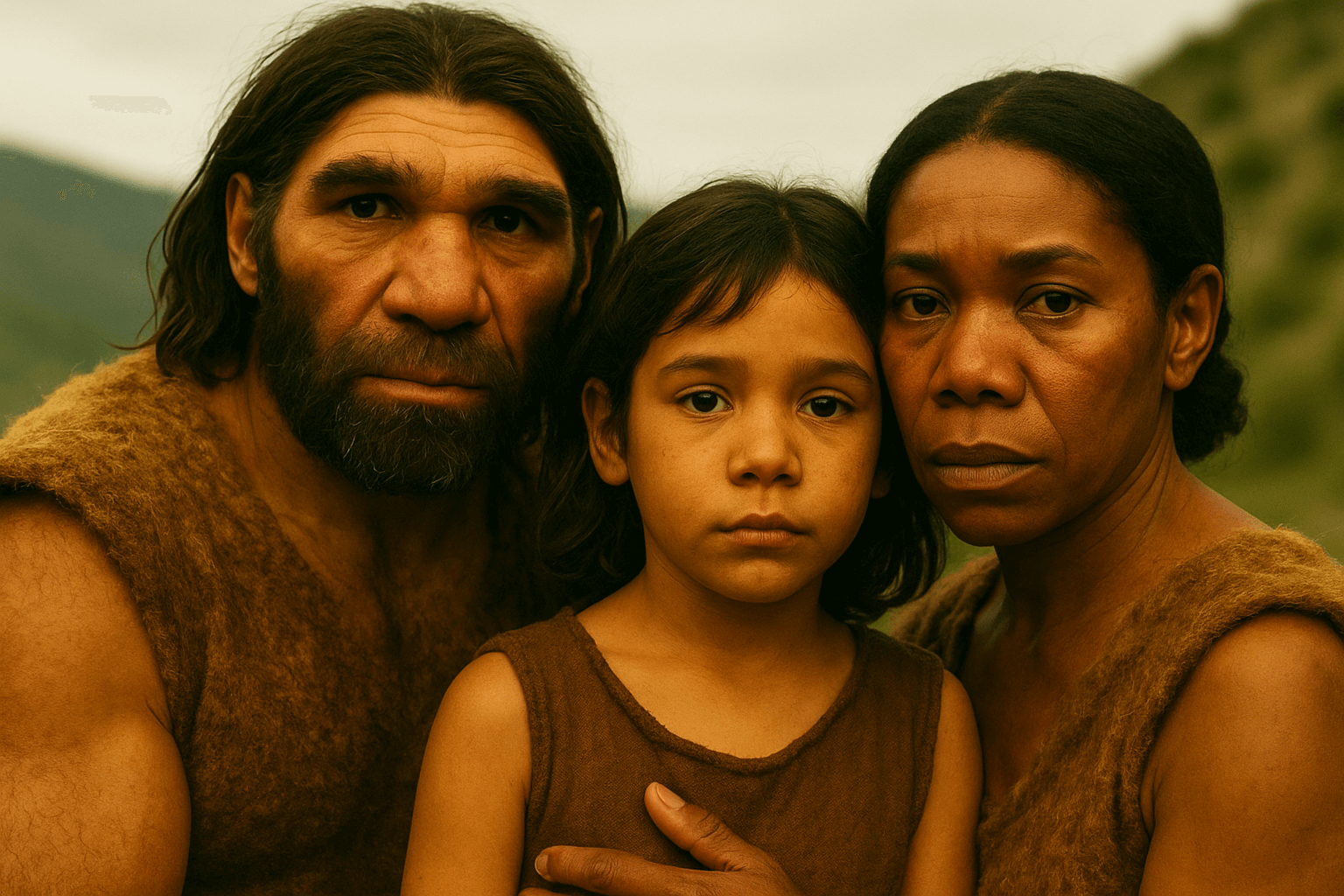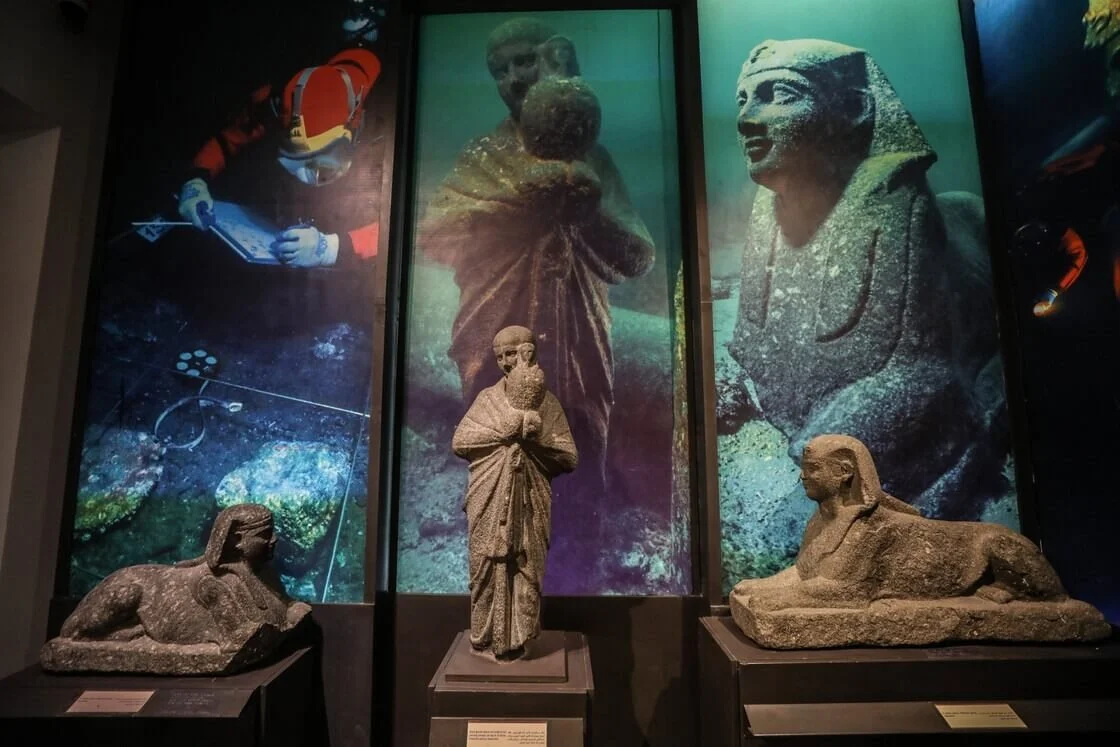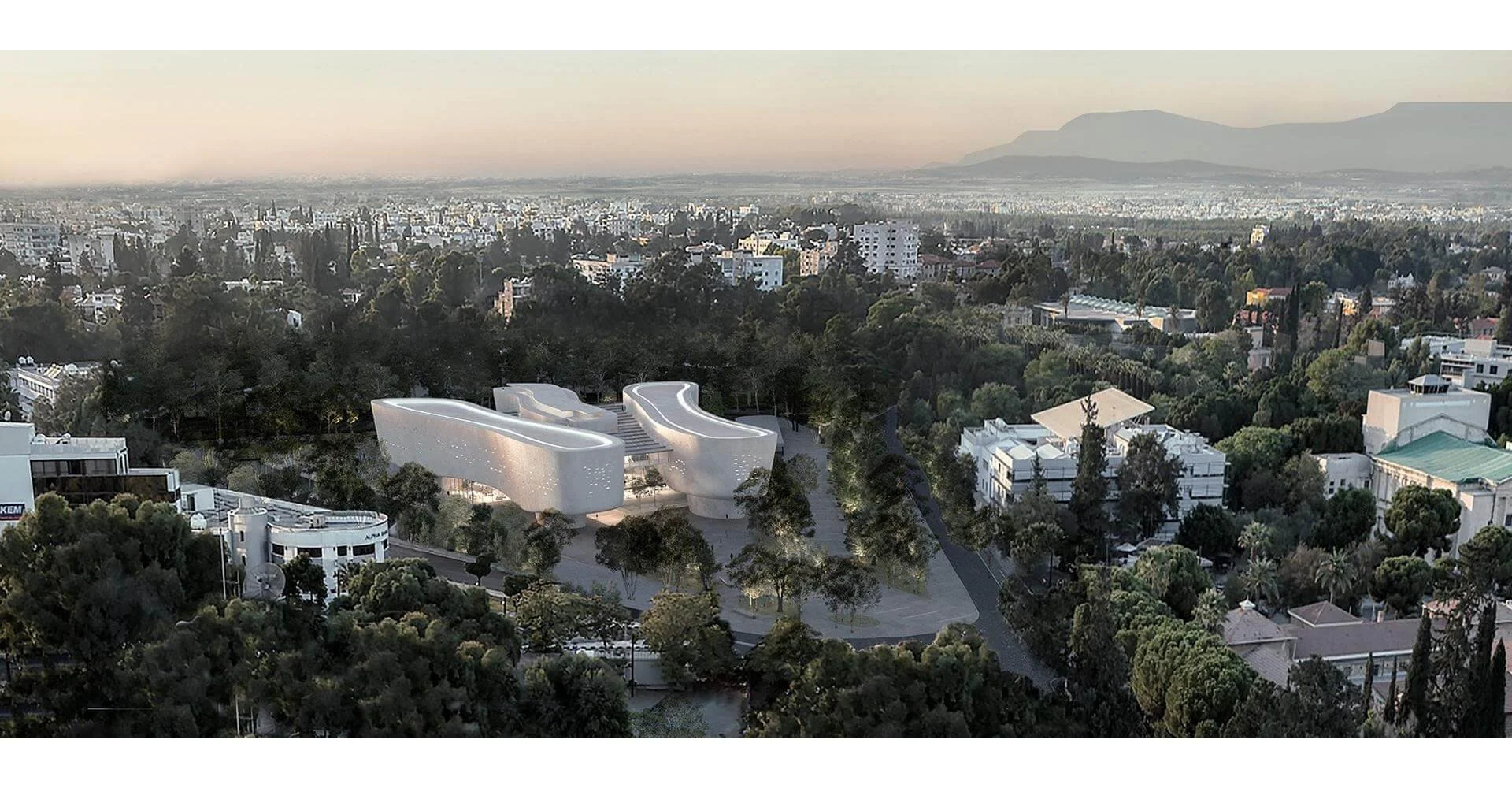Çatalhöyük, a remarkable archaeological site on the edge of the Konya Plain in present-day Turkey, stands as a testament to the ingenuity of our prehistoric ancestors. This ancient proto city, dating back to the Neolithic and Chalcolithic periods, provides a fascinating glimpse into the evolution of human society and its complex relationship with the environment.
The story of Çatalhöyük begins around 7100 BC during the Pre-Pottery Neolithic, a time marked by the development of pastoral complexes and increased reliance on animal domestication. The site consists of multiple urban centers, primarily Çatalhöyük East and Çatalhöyük West, featuring dense housing clusters built on alluvial clay mounds shaped over thousands of years of occupation.
Agriculture and Urbanization
As centuries passed, the inhabitants of Çatalhöyük transitioned from a nomadic lifestyle to skilled agriculture. Evidence points to the cultivation of cereals such as wheat and barley, ensuring a stable food supply throughout the year. The settlement evolved into a large egalitarian society, with a population ranging between 3,000 and 8,000 people.
Unique Urban Planning
The architectural layout of Çatalhöyük is distinctive, consisting of mud-brick square houses arranged in a cellular agglomeration covering an impressive 34-acre area. Unlike conventional cities, Çatalhöyük lacked streets or alleyways between structures. Inhabitants navigated their homes using a network of ladders across rooftops to reach entrances located at roof level.
Cyclical Life of Houses
Each house at Çatalhöyük was typically occupied for 80 years before being systematically disassembled. Portable items were removed, and the mud-brick and mortar debris from dismantled structures were crushed and repurposed as a consolidated foundation for new constructions. Archaeologists have identified eighteen levels of settlement, providing a chronological record of the city's development.
Cultural Practices and Rituals
Çatalhöyük reveals intriguing aspects of the inhabitants' cultural practices. Many of the deceased were buried below the floors and platforms inside houses. The internal architecture incorporated animal parts, such as skulls and horns, creating a unique blend of practicality and ritualistic symbolism.
The once-thriving Çatalhöyük was occupied until around 5700 BC, predating the emergence of the Bronze Age. The reasons for its abandonment remain subjects of scholarly debate. Some experts propose climate change as a contributing factor, while others suggest a decline in egalitarianism leading to internal strife and the breakdown of the micro-society.
Çatalhöyük stands as a captivating archaeological site that sheds light on the complexities of ancient human civilization. From its humble beginnings in the Neolithic period to its flourishing as a proto city, Çatalhöyük provides valuable insights into the adaptability and resilience of prehistoric communities. As ongoing research unveils more secrets buried beneath the layers of time, Çatalhöyük continues to be a focal point for understanding our shared human heritage.










